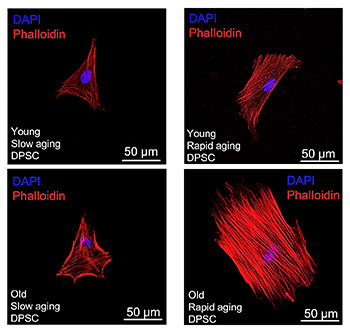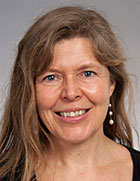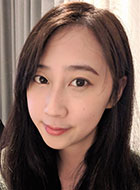A team led by University of Washington researchers has uncovered what appears to be the first metabolic predictor of tooth loss.

The researchers found important clues about stem cell metabolism that shed new light on the ability of teeth to repair themselves. Their study, published Feb. 18 in the British journal Scientific Reports, found a link between the metabolic activity of dental pulp stem cells (DPSCs) and the speed at which they age. As cells age, they become less able to regenerate themselves. The loss of this ability, in turn, can spell the earlier loss of teeth.
In particular, the researchers found that slower-aging DPSCs showed a strong capacity to use fats as a fuel source to create the energy needed for regeneration and other cellular processes. The researchers also found that the metabolic differences between fast- and slow-aging cells could be identified even before the onset of aging. This, they believe, suggests that metabolic activity serves as an early indicator of DPSC aging and can predict the cells’ ability to regenerate.

The paper’s lead authors were Dr. Hannele Ruohola-Baker and Dr. Ammar Alghadeer. Dr. Ruohola-Baker holds UW appointments in the School of Dentistry, the School of Medicine’s Department of Biochemistry and the Institute for Stem Cell and Regenerative Medicine, and Department of Bioengineering. Dr. Alghadeer is a graduate student in the School of Dentistry’s Department of Oral Health Sciences. Yan Ting (Blair) Zhao, another Oral Health Sciences graduate student, was third author of the paper.
“These findings are important for future regenerative dentistry,” Dr. Ruohola-Baker said. This rapidly evolving field of study, related to tissue engineering, focuses on therapies to replace failing stem cells to revitalize the tooth pulp.

“Resident adult dental stem cells are known to participate in tooth regeneration and repair that follows injury,” Dr. Ruohola-Baker said. “Aging impedes this essential regeneration capacity of human adult stem cells. Understanding and combating aging is a grand challenge in modern biology.”
In addition to these, other research entities represented on the team include the SRM Institute of Science and Technology in Chennai, India; the College of Dentistry at Imam Abdulrahman bin Faisal University in Dammam, Saudi Arabia; the UW Department of Pharmacology; the UW Department of Comparative Medicine; Covance Genomics Laboratory in Redmond, Wash.; and the UW’s Paul G. Allen School of Computer Science and Engineering.

“This study is an excellent example of the importance of collaboration across disciplines in the life and clinical sciences, in this case between dentistry, stem cell biology and developmental biology,” said Dr. Richard Presland, associate professor and graduate program director in the UW Department of Oral Health Sciences.